In the heart of Tambon Bang Lamung, Thailand, the Neramit Town-Hall Pavilion, designed by Bangkok Project Studio, stands as an architectural marvel. Serving as a pivotal space during the annual “Wonderfruit” festival, this unique structure seamlessly blends simplicity, affordability, and sustainability.
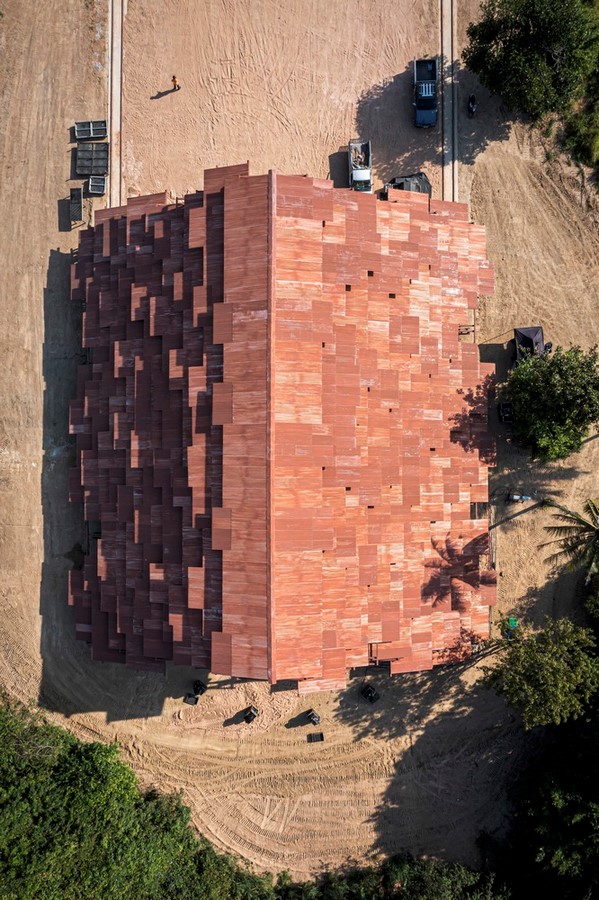
A Symphony in Steel Tubes
Led by the visionary architect Boonserm Premthada, the pavilion is a testament to non-architecture—simple, locally made, and rooted in functionality. The entire structure, spanning 900 square meters, unfolds beneath a single, expansive triangular roof crafted from standard square tubes. Each tube, measuring 100 mm x 100 mm x 6 meters, becomes a crucial element, leaving no room for construction waste.
Exploring Non-Architecture Principles
The essence of non-architecture lies in structures that are uncomplicated, cost-effective, locally sourced, climate-compatible, and attuned to their surroundings. The Neramit Pavilion, characterized by a gable roof, exemplifies this philosophy. Its elements intertwine with precision, creating a harmonious balance between load-bearing capacity, gravity, and joints.
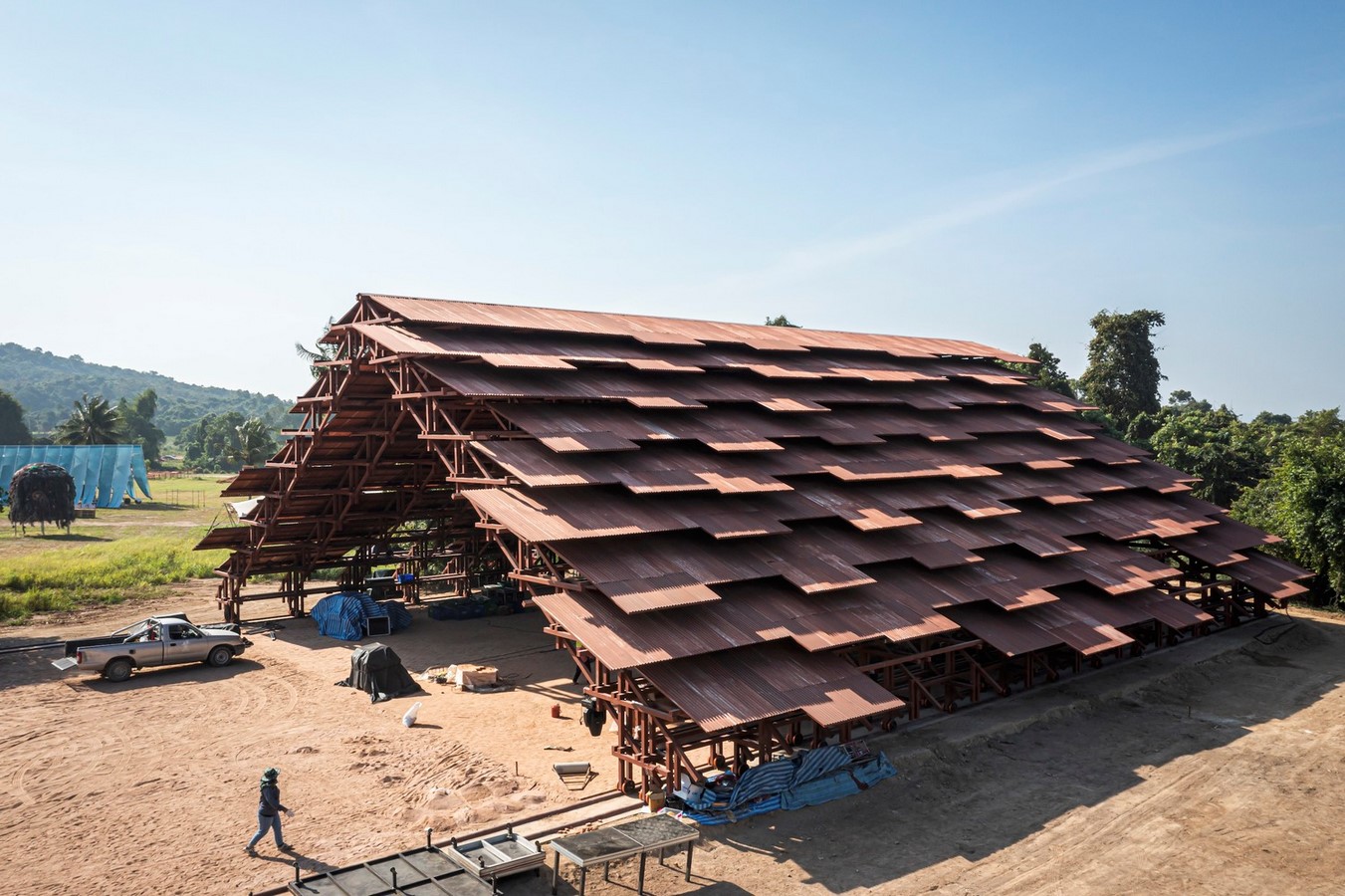
Seeking Answers in Architecture
The project delves into profound questions about architecture’s influence on weather, environmental health, rural life representation, and agricultural expressions. At its core, Neramit explores the very essence of non-architecture—simplicity that resonates.
Neramit: More Than Just a Roof
Functioning as the festival’s town hall, Neramit embodies a roofing building concept. Its colossal 30×30 meter roof becomes a versatile space hosting diverse activities throughout the festival— a communal haven for relaxation, socialization, talks, and performances.
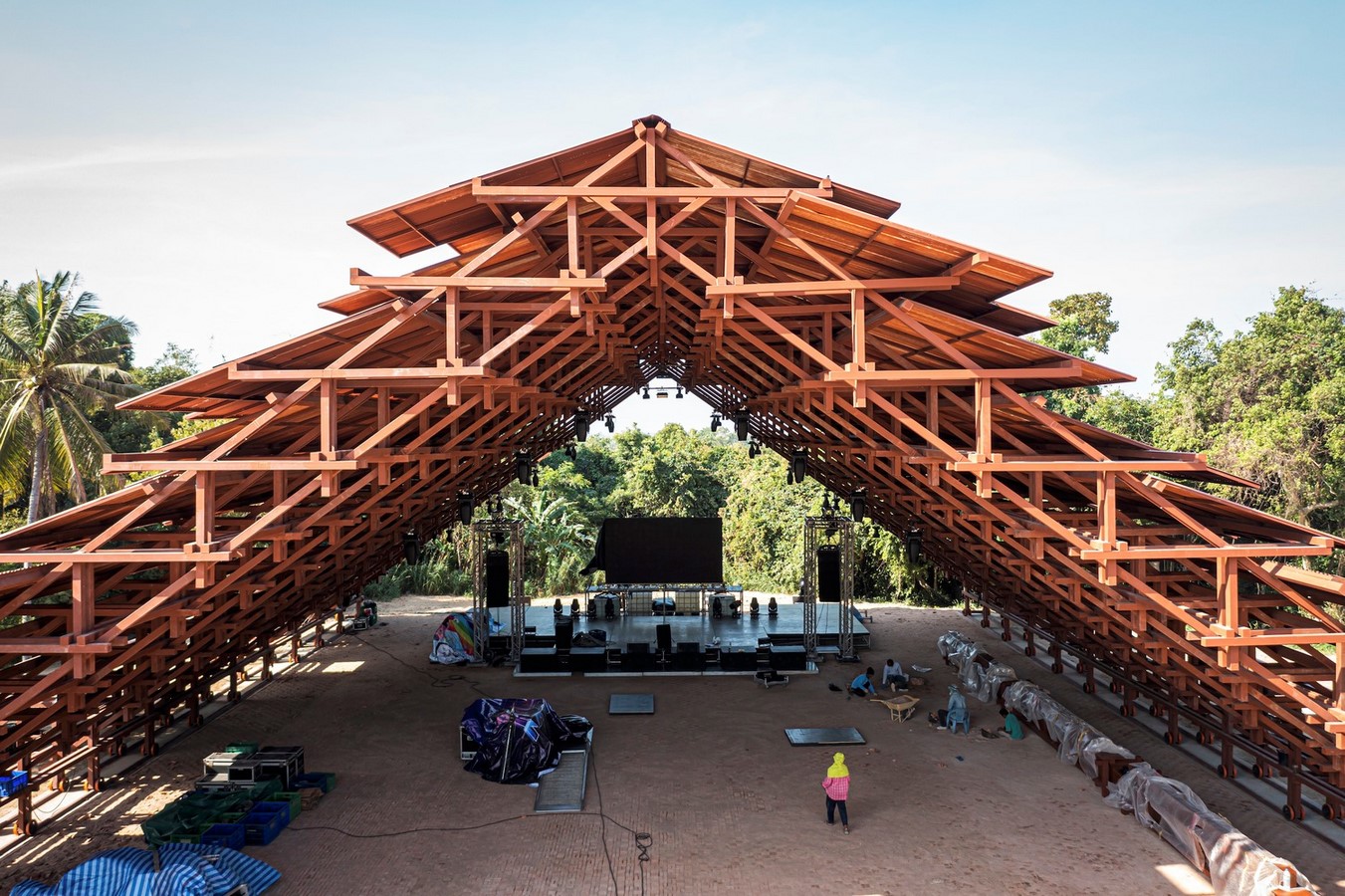
Innovative Roofing for Form and Function
Crafted from square tubes, the triangular pavilion supports a roof made of corrugated zinc sheets. The ingenious design ensures the roof serves both as a protective shield and a wall. This dual functionality facilitates excellent ventilation and allows sunlight to filter through the ceiling gaps, creating a captivating play of light during the day and transforming the structure into a radiant lantern at night.
Adaptable Roof Structure
The moveable roof structure offers flexibility, allowing seamless transitions between interior and exterior spaces. This adaptability caters to the diverse activities hosted within the pavilion.
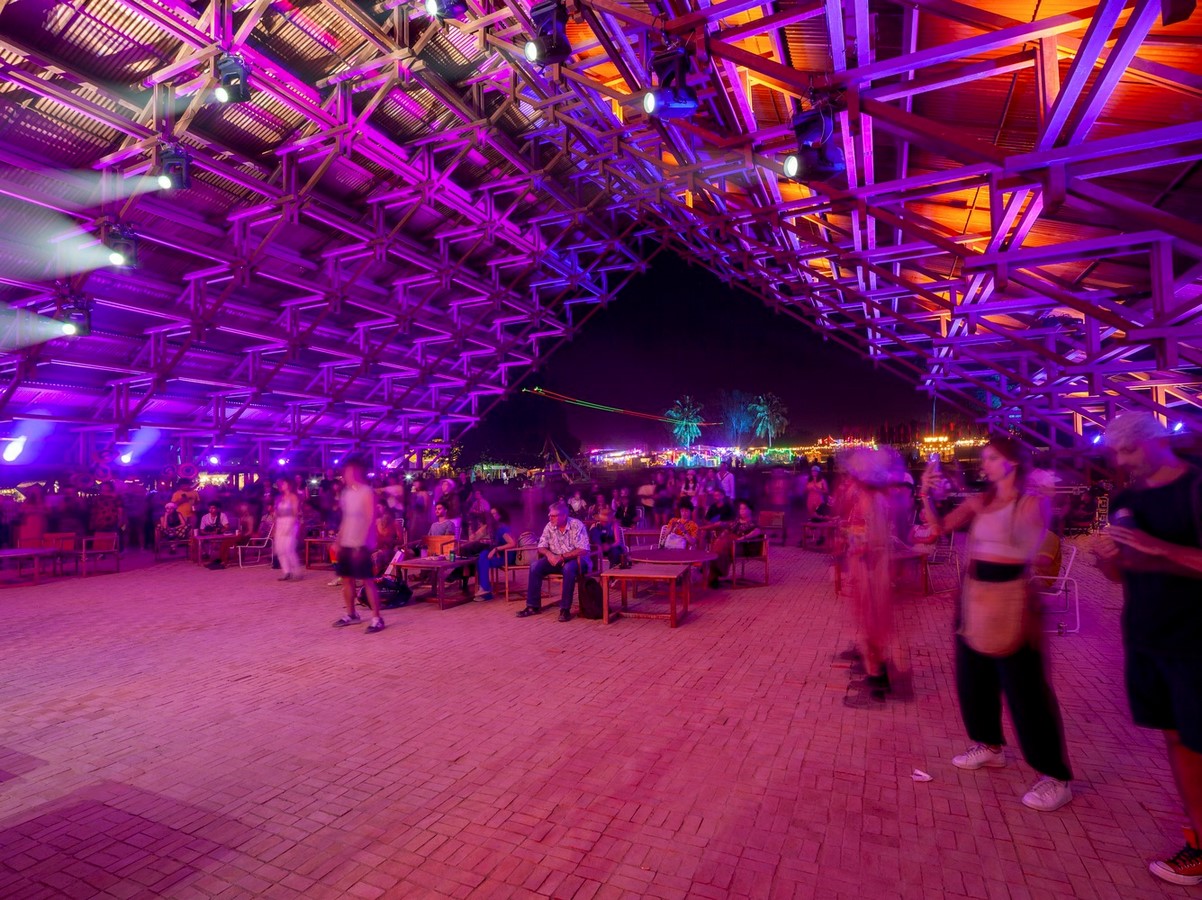
Steel: A Choice of Strength and Sustainability
Architect Boonserm Premthada outlines three compelling reasons for choosing steel, particularly square tubes, as the primary construction material. Steel, known for its strength and durability, is employed to create aesthetic elements, transforming industrial materials into design features. Efficient budgeting takes center stage, utilizing every piece of steel to perfection and minimizing waste. The recyclability of steel aligns with sustainability principles, embodying a commitment to minimize environmental impact.
Lessons from Neramit: A Journey in Non-Architecture
The Neramit Town-Hall Pavilion not only stands as a physical structure but also imparts invaluable insights into the realm of non-architecture. From shaping ordinary materials like corrugated zinc sheets into a movable building with novel forms to conveying emotion through meticulous design, Neramit represents a paradigm shift in architectural thinking. It is a testament to the transformative power of embracing simplicity, functionality, and sustainability in the realm of architectural design.


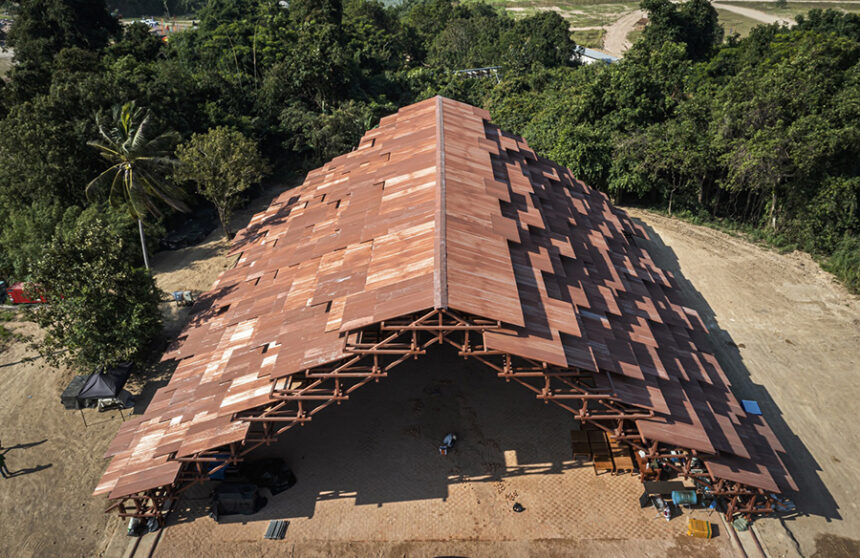
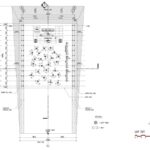
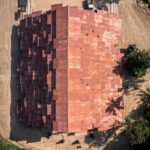
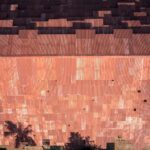
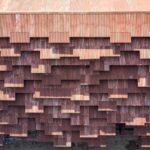
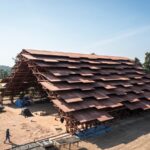
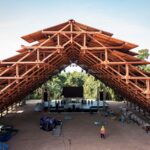
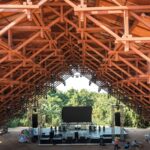
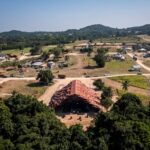
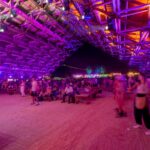
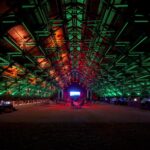
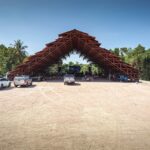
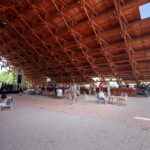
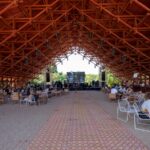
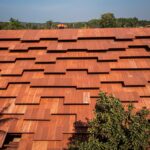
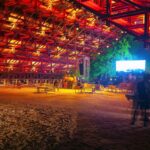
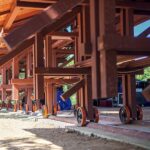
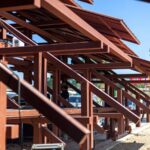
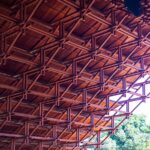
Leave a Reply